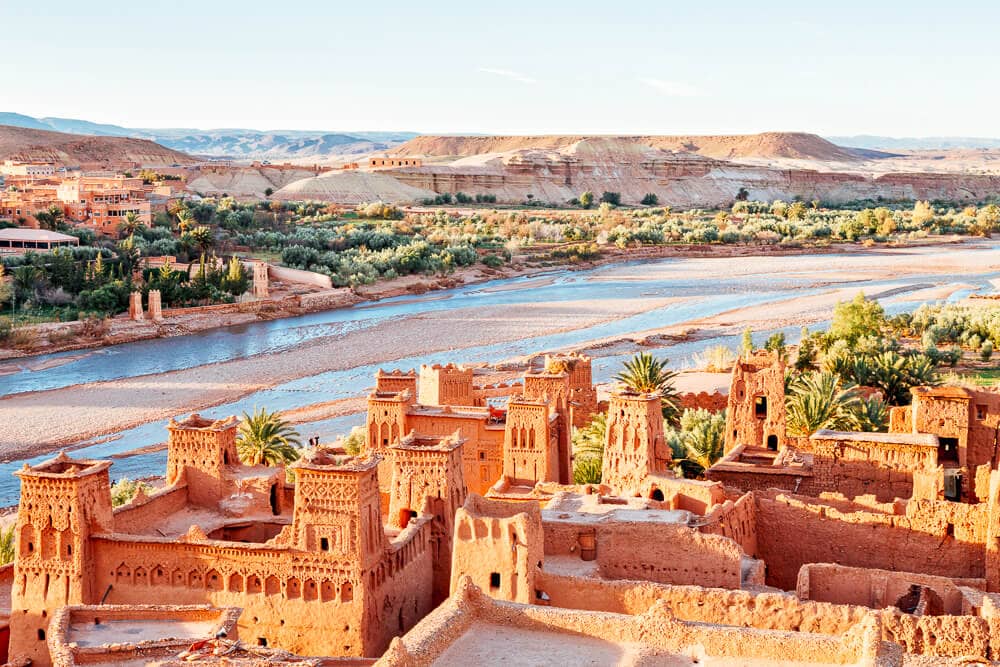Morocco’s Shift in Red Meat Imports Amid Rising European Prices
Morocco is taking steps to secure new shipments of live cattle as the demand for red meat increases in the coming months. This move comes amid a significant rise in European market prices, which is creating challenges for import plans and raising concerns about the long-term viability of relying on Europe as a primary supplier.
According to industry sources, one Moroccan importer is expected to bring in approximately 1,300 Spanish calves next week. Other importers are likely to follow suit in an effort to meet the growing demand during the high-consumption summer season. However, the increasing cost of cattle in European markets has made these imports more difficult to manage.
Tolong support kita ya,
Cukup klik ini aja: https://indonesiacrowd.com/support-bonus/
Sources indicate that imports from most EU countries have nearly stopped, and there is now serious consideration being given to pausing European sourcing for the upcoming weeks. This shift in strategy highlights the need for alternative suppliers to ensure a stable supply of red meat for Moroccan consumers.
Brazil Emerges as a Stronger Alternative
Currently, the wholesale price of Spanish and local beef in Morocco ranges between 85 and 90 Moroccan dirhams per kilogram. In contrast, Brazilian beef is priced more affordably, at 70 to 75 dirhams per kilogram. This pricing advantage has made Brazil an attractive option for Moroccan importers.
Morocco is planning to import over 30,000 heads of cattle this summer, a period marked by a surge in red meat consumption. This increase is driven by factors such as wedding celebrations, family gatherings, and the return of large numbers of tourists and Moroccan expatriates.
Industry analysts also point out that there are ongoing supply-demand imbalances in the local meat market, especially after Eid al-Adha. This year, many Moroccans chose not to slaughter sacrificial animals, leading to higher post-holiday demand for commercial red meat.
Revisiting Import Strategies
The growing reliance on Brazilian beef is seen as a pragmatic response to rising import costs from Europe and declining domestic purchasing power. Industry stakeholders are expected to reassess their import strategies, potentially diversifying trade partners to reduce dependency on any single source.
A recent report by Brazilian agribusiness consultancy Scott Consultoria revealed that Morocco ranked third among the largest importers of live cattle from Brazil in May 2025. The country imported over 14,000 heads of cattle valued at more than $16 million USD. The majority of these shipments came from the Brazilian state of Pará, with an average weight of 529.3 kilograms per animal, indicating that most of the livestock was intended for direct slaughter rather than fattening—a practice that differs from other import destinations.
Higher Costs for Brazilian Cattle
The report also highlighted that Moroccan importers paid above-average prices for Brazilian cattle, particularly those sourced from the state of Tocantins. At the time, the price reached 16.75 Brazilian reais per kilogram, or $3.08 USD per kilogram, based on the prevailing exchange rate.
As summer demand continues to rise and European markets remain expensive, Morocco appears poised to strengthen its shift toward South America. This transition is reshaping the structure of the country’s red meat import strategy, signaling a potential long-term shift in sourcing practices.
This evolving landscape underscores the importance of adaptability in the face of fluctuating global market conditions and the need for sustainable solutions to meet domestic demand.







